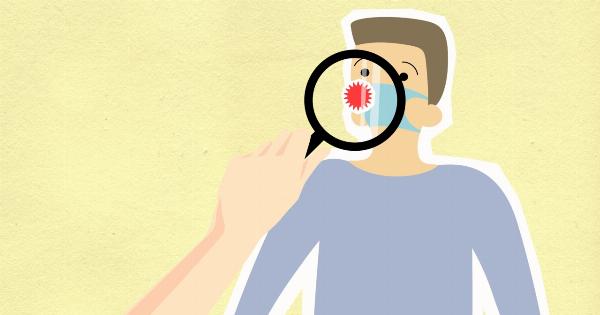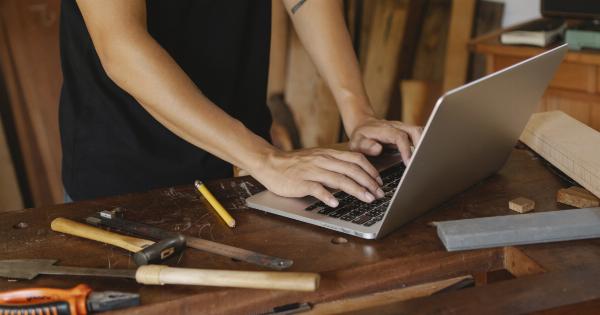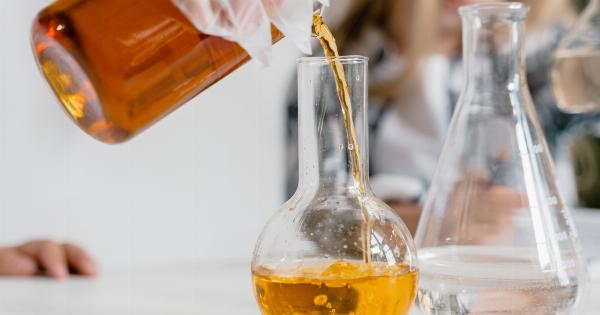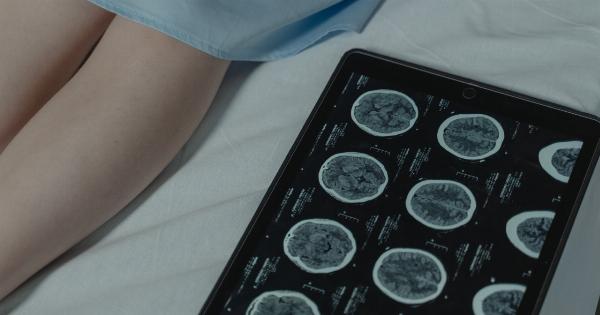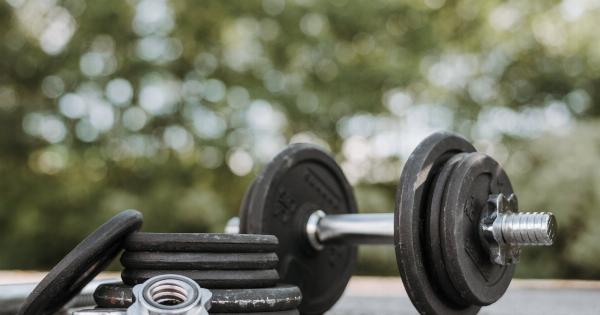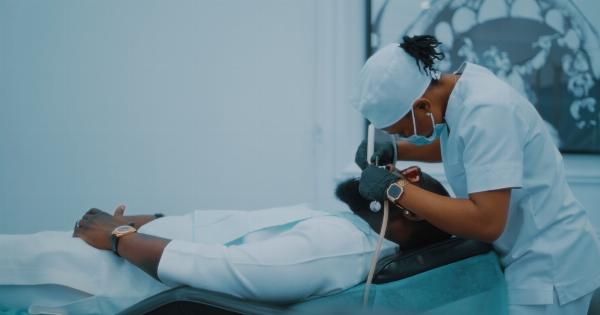Breast biopsies are an essential diagnostic procedure used to determine the presence of breast cancer or other breast abnormalities.
Traditional biopsy techniques often rely on surgeons’ expertise and precision, which can be limited by human error and the difficulty of precisely targeting tiny lesions. However, a new technology called Stereotaxis is revolutionizing the field by providing a highly accurate, efficient, and less invasive way to perform breast biopsies.
This article explores the game-changer in breast biopsies that Stereotaxis represents, outlining its benefits, procedure, and future implications.
What is Stereotaxis?
Stereotaxis is an advanced robotic technology that enhances the accuracy and precision of breast biopsies.
It combines real-time imaging, advanced computer algorithms, and robotic-controlled arm to guide the biopsy needle precisely into the targeted area. The system uses three-dimensional (3D) imaging from mammography or magnetic resonance imaging (MRI) to create a virtual model of the breast.
This model allows the surgeon to precisely determine the location and depth of the lesion, resulting in more accurate and efficient biopsies.
The Benefits of Stereotaxis
Stereotaxis offers several significant benefits over traditional biopsy techniques:.
1. Increased Accuracy
With Stereotaxis, the robotic arm precisely guides the biopsy needle to the desired location based on the virtual model of the breast.
This level of accuracy reduces the chance of missing tiny lesions or targeting healthy tissue, resulting in more reliable biopsy results.
2. Minimally Invasive
Stereotaxis is minimally invasive, requiring only a small incision for the insertion of the biopsy needle. This reduces patient discomfort, promotes faster recovery, and eliminates the need for general anesthesia in most cases.
Additionally, the procedure leaves behind minimal scarring and carries a lower risk of infection compared to traditional open biopsies.
3. Efficient and Time-Saving
By utilizing advanced imaging and robotic control, Stereotaxis significantly reduces the time taken to perform a breast biopsy.
The precise guidance provided by the system allows for faster biopsy procedures, minimizing patient anxiety and enhancing overall efficiency in healthcare facilities. This time-saving aspect also benefits medical professionals, enabling them to perform more biopsies in a given time frame.
4. Improved Patient Comfort
Traditional breast biopsies can cause significant discomfort and anxiety for patients. However, Stereotaxis reduces discomfort by providing a less invasive and more controlled procedure.
Patients experience less pain during and after the biopsy, making the overall experience more tolerable and less traumatic.
5. Versatility and Precision
Stereotaxis is not limited to one type of imaging technique. It can be used with mammography, MRI, or other imaging modalities to guide the biopsy needle.
This flexibility enables surgeons to perform biopsies on various types of breast abnormalities accurately. Furthermore, the technology’s precision allows for the targeting of smaller and deeper lesions that may be difficult to access using traditional methods.
The Stereotaxis Procedure
The Stereotaxis procedure involves several steps:.
1. Imaging
The process begins with obtaining a 3D image of the breast using mammography or MRI. These images provide detailed information about the size, depth, and location of the lesion, enabling the surgeon to plan the biopsy accurately.
2. Virtual Model Creation
Using the obtained imaging data, the Stereotaxis system creates a virtual model of the breast, which helps identify the precise entry point and needle trajectory for the biopsy.
The model acts as a reference during the procedure, ensuring accurate targeting.
3. Needle Guidance
Once the virtual model is created, the surgeon uses the Stereotaxis system to guide the biopsy needle with the assistance of robotic control.
The robotic arm adjusts the needle’s position and monitors its movement, ensuring it reaches the targeted area with incredible precision.
4. Core Biopsy
Once the needle has reached the targeted area, the surgeon takes samples of breast tissue or cells using the core biopsy technique.
This involves extracting a small cylindrical tissue sample, often several millimeters in diameter, for further analysis in the laboratory.
Future Implications
The introduction of Stereotaxis technology has significant implications for the future of breast biopsies and breast cancer diagnosis. As the system continues to evolve, we anticipate the following advancements:.
1. Enhanced Imaging Technology
Improvements in imaging technology will provide more detailed images, allowing for even more precise targeting and better identification of abnormal areas within the breast.
Advanced imaging techniques may include real-time 3D imaging or the integration of artificial intelligence to aid in identifying subtle abnormalities.
2. Robotic Assistance
Further incorporation of robotic technologies may lead to a fully automated biopsy procedure.
Surgeons might be able to input the desired target and allow the system to independently perform the biopsy, reducing reliance on human intervention and reducing the risk of human error.
3. Integration with Therapeutic Techniques
The integration of Stereotaxis technology with therapeutic techniques could allow for more precise treatments.
For example, the system may be used to guide the delivery of radiation therapy or targeted drug therapy directly to the tumor site, minimizing damage to healthy tissue.
Conclusion
Stereotaxis is undoubtedly a game-changer in breast biopsies, revolutionizing the procedure with its advanced robotic technology.
The benefits of increased accuracy, minimally invasive approach, efficiency, improved patient comfort, and versatility make Stereotaxis an invaluable tool in the field of breast cancer diagnosis. With continued advancements and future implications, Stereotaxis has the potential to further enhance diagnostic accuracy and treatment precision, ultimately improving patient outcomes and transforming the way we approach breast biopsies.






